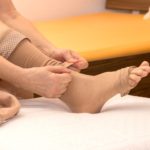If you have varicose veins you are not alone.
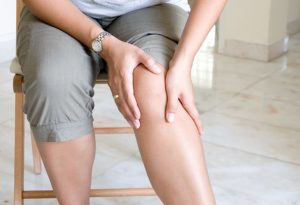 Over 40 million people in America today are living with varicose veins. It has been estimated that half of the world population will deal with them at some time during their life.
Over 40 million people in America today are living with varicose veins. It has been estimated that half of the world population will deal with them at some time during their life.
With so many people afflicted with this unsightly and often painful disorder, you might be surprised to learn just how little is known about varicose veins throughout the general public, even among those who currently have vein disease.
Today we wanted to look at the most common misconceptions and set the facts straight.
- Varicose veins are a cosmetic problem and pose no threat to your health – Varicose veins may be physically unattractive, but just because they cause cosmetic discomfort, does not make them a strictly cosmetic problem. Varicose veins can be a sign of much more serious problems, such as Chronic Venous Insufficiency (CVI) or Deep Vein Thrombosis (DVT) that can lead to ulcers and blood clots, among other problems. Treating varicose veins in the early stages can be extremely beneficial and helpful in improving the long-term vein health of the patient.
- Varicose veins and spider veins are the same thing – Both varicose veins and spider veins are caused by damaged or leaking valves, however, spider veins are typically seen as a strictly cosmetic issue, while varicose veins can signify deeper health issues. Spider veins are smaller and appear in sunburst patterns, and, unlike varicose veins, they are not elevated from the skin. Both conditions can cause physical embarrassment, and, fortunately, both are easily treated.
- Men cannot get varicose veins – While varicose veins are certainly more prevalent in the female population, holding around 55% of current cases, men are not immune to varicose veins. Vein disorders are more common in women because of hormones, birth control, and pregnancy, but there are many other factors for developing vein disease that are not exclusive to women – age, heredity, obesity, activity level, and profession can also contribute to men developing varicose veins as well. It’s expected that 43% of men will have experienced vein disease in some form by the time they reach their 60’s, and varicose veins are often the first sign that it’s occurring.
- Varicose vein treatments are expensive – This myth is usually believed by the same people that believe varicose veins are a cosmetic condition. Remember, varicose veins are not a cosmetic condition, and because varicose veins present a valid medical condition with the potential for dangerous progression, most insurance companies will cover their treatment and removal. Spider vein treatments, while available, are considered a cosmetic treatment and thus will not always be covered. As coverage plans will vary, it’s always best if you speak with your insurance provider before making any decisions.
- Varicose veins can be treated and cured at home – There are things that people with varicose veins can do at home to alleviate their symptoms, but varicose veins cannot be removed or cured once present. Techniques to eliminate symptoms, however, can go hand-in-hand with prevention techniques for those who do not yet have varicose veins. Maintaining a healthy weight and diet, elevating the legs and feet when sitting or lying down, exercising frequently and staying active, not smoking cigarettes, avoiding the use of high heels, and wearing compression stockings can all contribute to better overall vein health. While these actions can certainly help, if you have noticed any of the physical symptoms of vein disease, it’s always best to consult with your physician before taking any action.
Educating yourself about varicose veins and venous disease is only the first step towards improving your vein health.
For more information about vein disease, treatments, and prevention, please visit Dr. Zuzga, D.O. at West Florida Vein Center, with offices in both Clearwater and Safety Harbor for your convenience. www.westfloridaveincenter.com 727-713-3233.
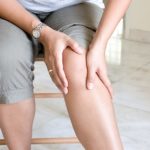
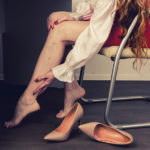
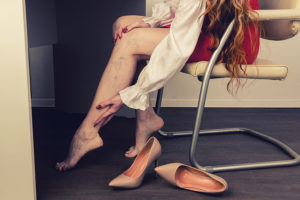 Spider veins, while not painful, can be embarrassing and a visual eyesore.
Spider veins, while not painful, can be embarrassing and a visual eyesore.
 Did you know that step one in getting your vein health back can be done right from the comfort of your own home?
Did you know that step one in getting your vein health back can be done right from the comfort of your own home?
 If you live somewhere where sunshine is a year-round presence you will want to know how it can affect your vein health!
If you live somewhere where sunshine is a year-round presence you will want to know how it can affect your vein health! 

